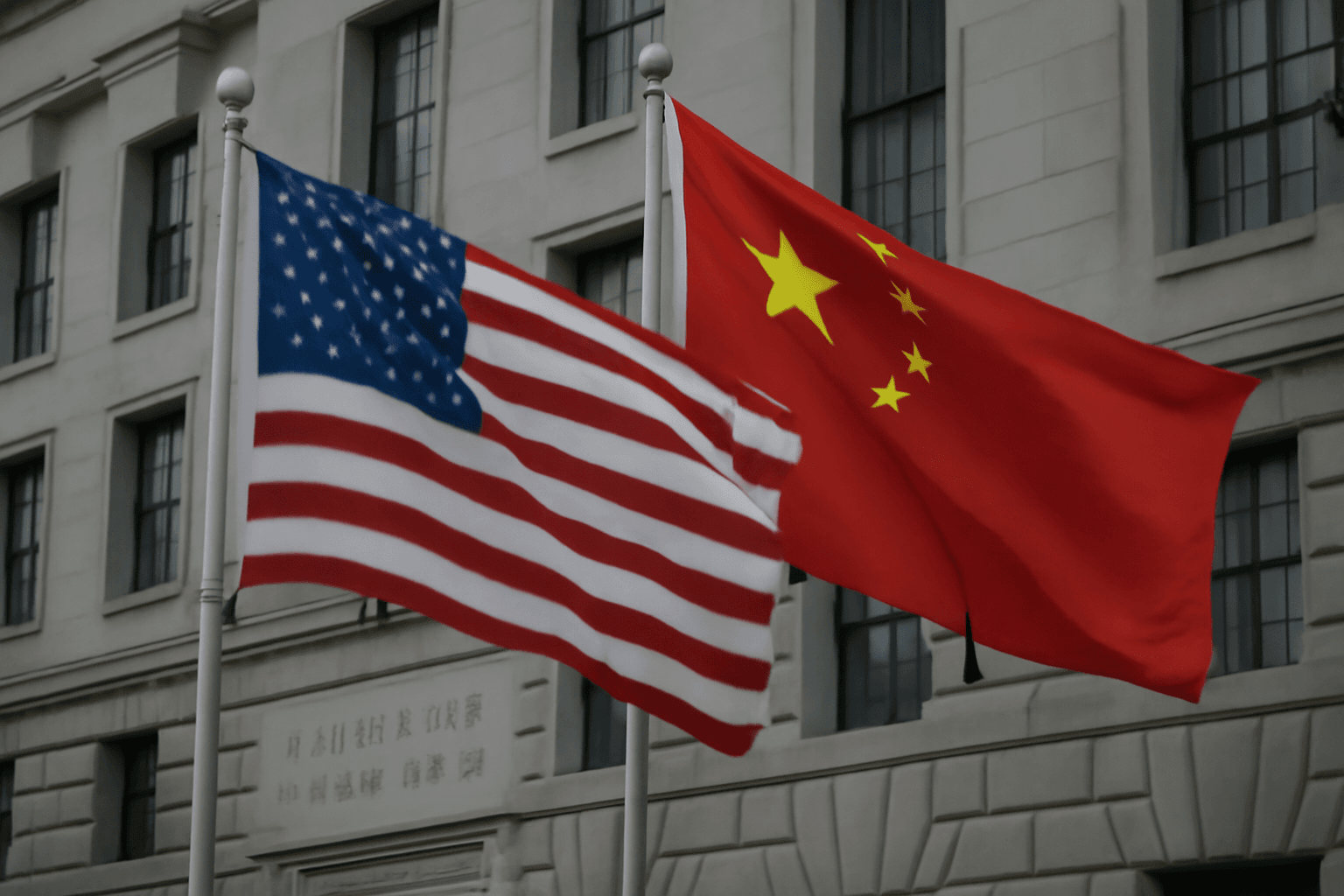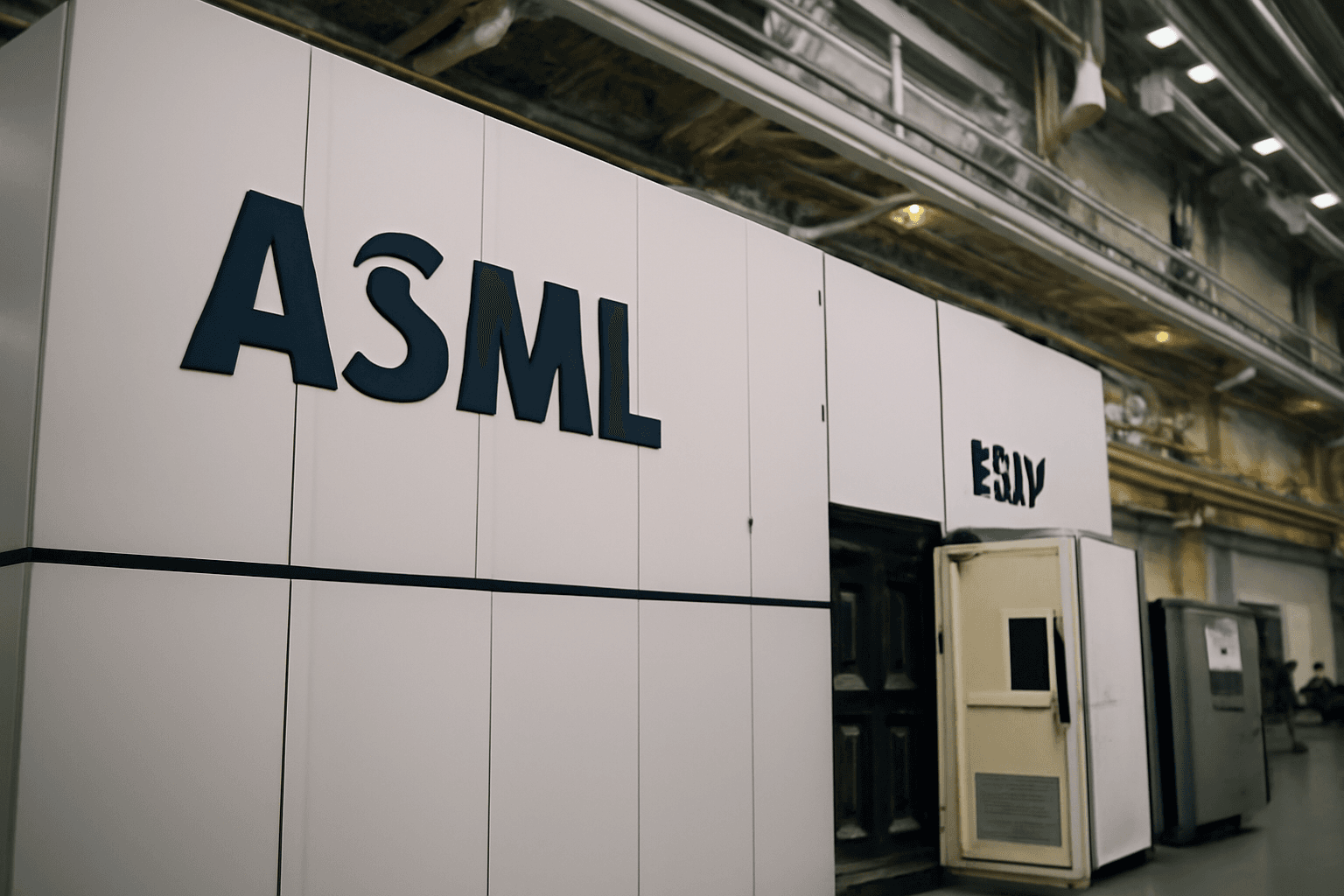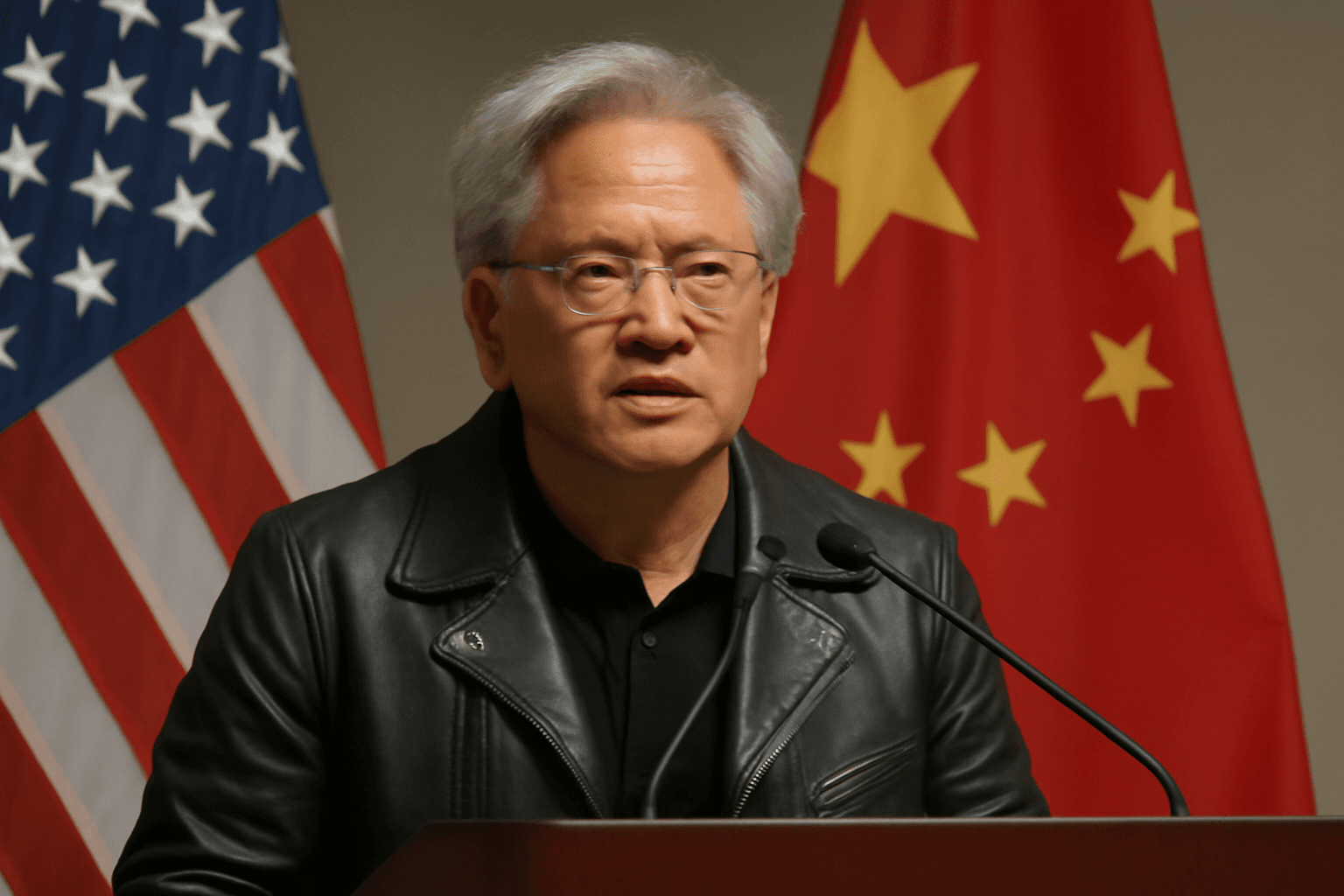Applied Materials Faces Market Headwinds as Shares Drop Over 13%
Applied Materials, a leading semiconductor equipment manufacturer, saw its stock plunge more than 13% following the release of its latest earnings report and cautious future outlook. Despite beating Wall Street’s expectations on earnings and revenue for the third quarter, the company tugged investor confidence down by issuing subdued guidance, largely due to ongoing challenges in the Chinese market.
Quarterly Performance Surpasses Expectations
In the third quarter, Applied Materials reported adjusted earnings of $2.48 per share on revenues of $7.3 billion. These figures edged past analyst forecasts of $2.39 per share earnings and $7.34 billion in revenue. Net income also grew year-over-year, standing at $1.78 billion compared to $1.71 billion a year earlier.
Concern Over China Market and Trade Uncertainty
During the earnings call, CEO Gary Dickerson highlighted significant uncertainties driven by the global macroeconomic environment and complex trade dynamics, especially affecting the company’s business in China. According to Dickerson, these factors have created lower visibility on future demand, resulting in a more conservative outlook.
Applied Materials is contending with softened spending from its Chinese clients. After a period of rapid investment in semiconductor manufacturing infrastructure, many customers in the region have started to pull back, reflecting broader economic pressures and regulatory complications. Furthermore, the company indicated that its guidance does not factor in certain pending export license applications, which may add further unpredictability.
Impact on Leading-Edge Technology Customers
The company also noted softness among its leading-edge customers—those developing the most advanced chips—as another dampener. This slowdown at the technology frontier adds another layer of concern amid already challenging market conditions.
Analyst Downgrades Reflect Lingering Concerns
Reflecting this cautious sentiment, Vivek Arya, a prominent semiconductor industry analyst, downgraded Applied Materials shares to a neutral rating and lowered his price target. Arya cited persisting headwinds from China’s demand slump and challenges in the leading-edge segment, suggesting these obstacles could extend longer than previously anticipated.
He remarked, “The uncertainty could persist, making it tougher for the stock to outperform despite reasonable valuation. We suspect the slowdown is more company-specific rather than industry-wide.”
Broader Implications for the Semiconductor Industry
Applied Materials’ challenges underscore broader tensions in the global semiconductor supply chain, where trade disputes, shifting geopolitical alliances, and regulatory hurdles continue to weigh heavily. China’s role as a crucial market for semiconductor investment has become increasingly complex amidst export controls and a slowing economy.
For U.S. policymakers and industry stakeholders, this scenario highlights the delicate balance between national security concerns and maintaining healthy trade and technological collaboration. Additionally, it raises questions about how companies might diversify their supply chains or invest in new markets to mitigate region-specific risks.
What’s Next for Applied Materials?
- Monitoring export license approvals that could influence future equipment sales.
- Adjusting to evolving customer spending patterns, especially in China.
- Exploring innovation and efficiency improvements to retain competitiveness amid market volatility.
- Assessing global supply chain resilience amid geopolitical tension.
Editor’s Note
Applied Materials’ latest earnings reveal a nuanced story where solid financial performance is overshadowed by growing uncertainties around China’s semiconductor investment landscape and global trade policy disruptions. This episode invites investors and industry watchers to ponder not just quarterly numbers but also the long-term strategic shifts shaping the semiconductor sector. As geopolitical and economic landscapes evolve, companies in this space may need nimble adaptation to thrive.
Key questions remain: How will tightening U.S. export controls and China’s economic trajectories continue to shape semiconductor equipment demand? Can Applied Materials innovate and pivot fast enough to offset these uncertainties? And what does this mean for the broader tech ecosystem reliant on cutting-edge chip manufacturing?



















